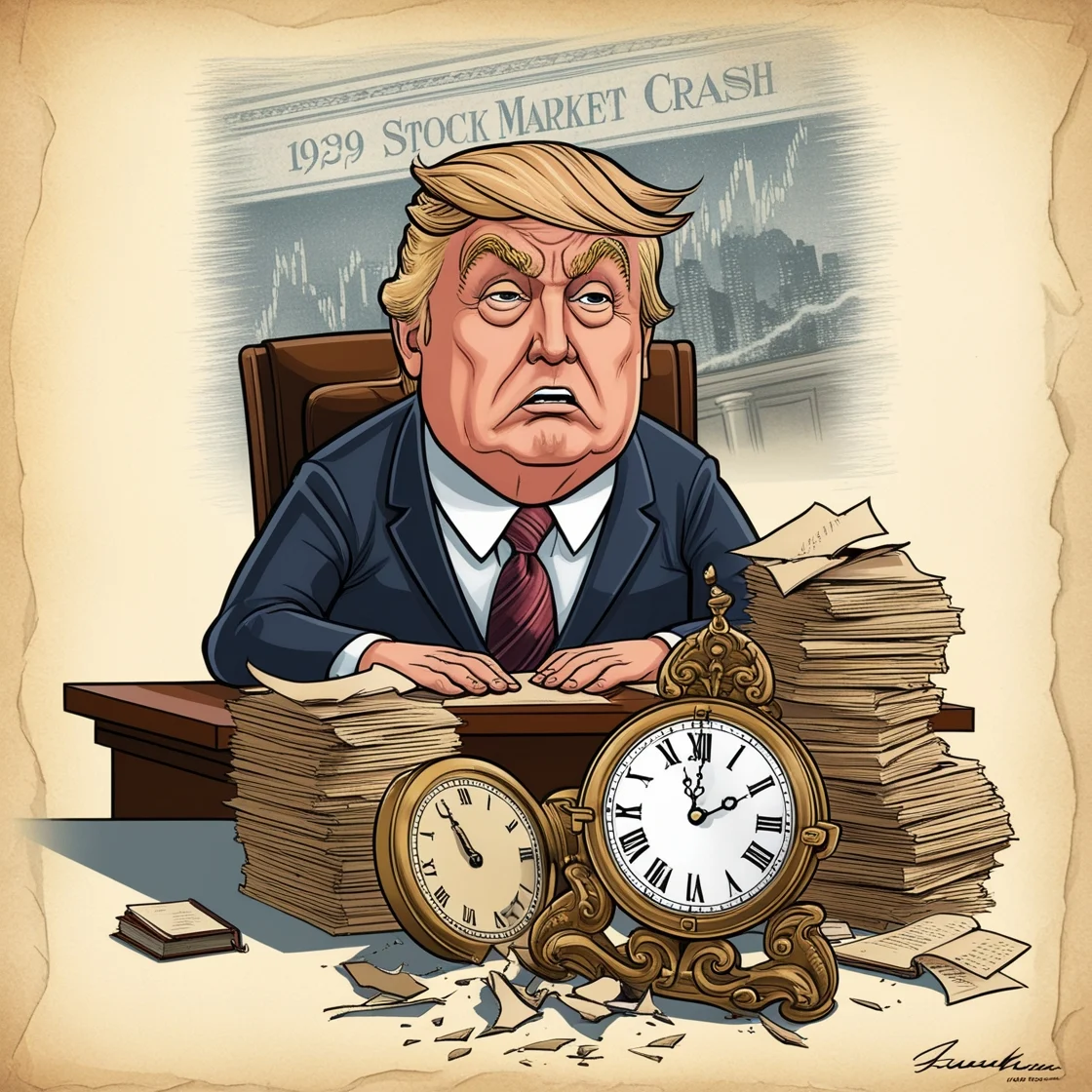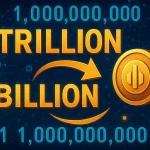Trump’s Tariffs: Could They Trigger a Great Depression?
Trump’s Tariffs: Could They Trigger a Great Depression?
Former President Donald Trump’s aggressive tariff proposals—including rates as high as 49% on certain countries—have sparked debate over whether such trade policies could trigger a global economic downturn reminiscent of the Great Depression. While high tariffs can strain international trade and increase consumer costs, the context and scope of these proposed tariffs suggest a strategic, albeit controversial, protectionist approach rather than an intent to cause economic collapse.

Trump’s Tariff Proposals by Country
Trump has repeatedly emphasized the idea of “reciprocal tariffs,” meaning if a country imposes high duties on U.S. goods, the U.S. should match or exceed them. Below is a summary of proposed or suggested tariff rates:
| Country | Proposed Tariff Rate | Basis |
|---|---|---|
| European Union (EU) | 20% | Retaliation for EU trade policies |
| China | 34% | Ongoing trade imbalance and national security |
| Vietnam | 46% | Currency manipulation and trade surplus |
| Japan | 24% | Automotive and electronics trade |
| United Kingdom | 10% (Reciprocal Rate) | Leveling trade imbalances |
| South Korea | 25% | Steel and electronics trade |
| Thailand | 36% | Trade protection and industrial policy |
| Switzerland | 31% (Reciprocal Rate) | Financial services and luxury goods |
| Cambodia | 49% | Labor concerns and textile exports |
Economic Implications of High Tariffs
High tariffs across a broad range of trading partners can disrupt supply chains, raise import costs, and provoke retaliatory measures. The economic risks include:
- Higher consumer prices due to increased import costs.
- Reduced competitiveness for U.S. exporters facing counter-tariffs.
- Strained diplomatic relations with key allies and trade partners.
- Potential inflation in goods sectors reliant on foreign materials.
Could This Lead to a Great Depression?
The Smoot-Hawley Tariff Act of 1930 is often cited as a contributor to the Great Depression, as it sparked a global trade war and a sharp decline in international commerce. However, today’s global economy is more diversified and supported by monetary tools and international institutions designed to manage such shocks.
While Trump’s proposed tariffs are historically high, they would not likely cause a Great Depression on their own. However, if implemented in full, they could significantly slow economic growth, increase inflationary pressures, and damage global trade relations—especially if met with reciprocal actions by targeted countries.
Strategic Goals vs. Economic Risk
Trump’s tariff strategy is rooted in a desire to protect American manufacturing and correct what he perceives as decades of unfair trade practices. Whether this approach is economically viable in the long term remains a contentious debate. Economists warn that such a high-tariff regime risks fragmenting the global trading system and increasing volatility.
Conclusion: Trump’s proposed tariffs—ranging from 10% to 49%—represent a bold, protectionist trade vision. While they may serve short-term political or industrial goals, their broader application could strain global commerce and risk economic instability, though not necessarily a depression of 1930s proportions.
FAQ
Are Trump’s proposed tariffs already in effect?
No, many of the high tariffs mentioned are proposals or campaign promises, not currently enacted policies.
What is a reciprocal tariff?
A reciprocal tariff matches the rate a foreign country imposes on U.S. goods with an equal or higher rate on their exports to the U.S.
Could high tariffs lead to a global recession?
If broadly implemented and matched by retaliatory tariffs, they could slow trade and hurt global GDP growth, increasing recession risks.
How do tariffs affect consumers?
Tariffs generally raise the cost of imported goods, which can lead to higher prices for consumers, especially in industries like electronics, clothing, and cars.



